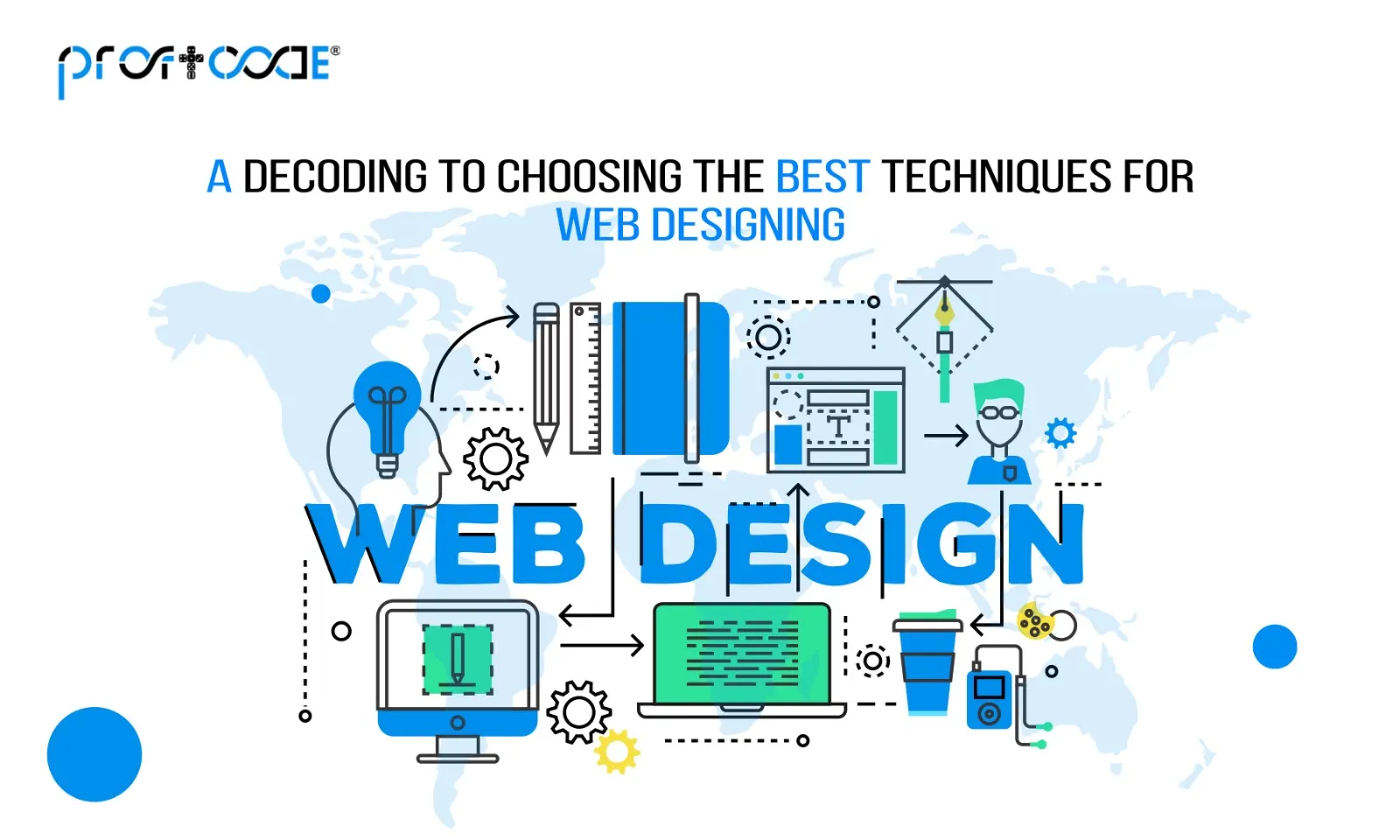In the ever-evolving landscape of web design, staying ahead with the latest techniques is crucial to creating visually appealing, user-friendly, and high-performing websites. Let’s delve into the key considerations when choosing the best techniques for web designing.
1. Responsive Web Design (RWD)
Today, users access websites on a variety of devices. Employing responsive design ensures that your website adapts seamlessly to different screen sizes, providing a consistent and optimized user experience.
2. Mobile-First Approach
With the increasing use of mobile devices, adopting a mobile-first approach ensures that your website is designed first for mobile users, optimizing performance and user experience on smaller screens.
3. User-Centric Design
Prioritizing user experience (UX) is paramount. Techniques like user personas, wireframing, and usability testing help understand user behavior, leading to designs that resonate with your target audience.
4. Minimalistic Design
Simplicity is key. The minimalistic design focuses on essential elements, reducing clutter and enhancing the overall user experience. It allows users to navigate seamlessly and focuses attention on critical content.
5. Micro-interactions
Small animations and interactions can significantly enhance user engagement. Micro-interactions, such as button animations or feedback on user actions, contribute to a more dynamic and enjoyable user interface.
6. Typography Matters
Choosing the right fonts and typography contributes to the overall aesthetic of your website. Striking a balance between readability and creativity helps convey your brand message effectively.
7. Scalable Vector Graphics (SVG)
SVGs are ideal for responsive design as they scale without losing quality. Utilizing SVGs for logos, icons, and illustrations improves website performance and ensures a crisp display on all devices.
8. Accessibility Standards
Adhering to accessibility standards ensures that your website is usable by people of all abilities. This includes designing for screen readers, providing alternative text for images, and ensuring keyboard navigation.
9. Search Engine Optimization (SEO)
Incorporating SEO-friendly elements, such as clean code, proper use of headers, and optimizing images, is essential for better search engine rankings, leading to increased visibility and traffic.
10. Continuous Learning and Adaptation
The world of web design is dynamic. We are staying updated with the latest designs, trending tools, and technologies. Joining communities, attending conferences, and participating in online forums can foster continuous learning.






